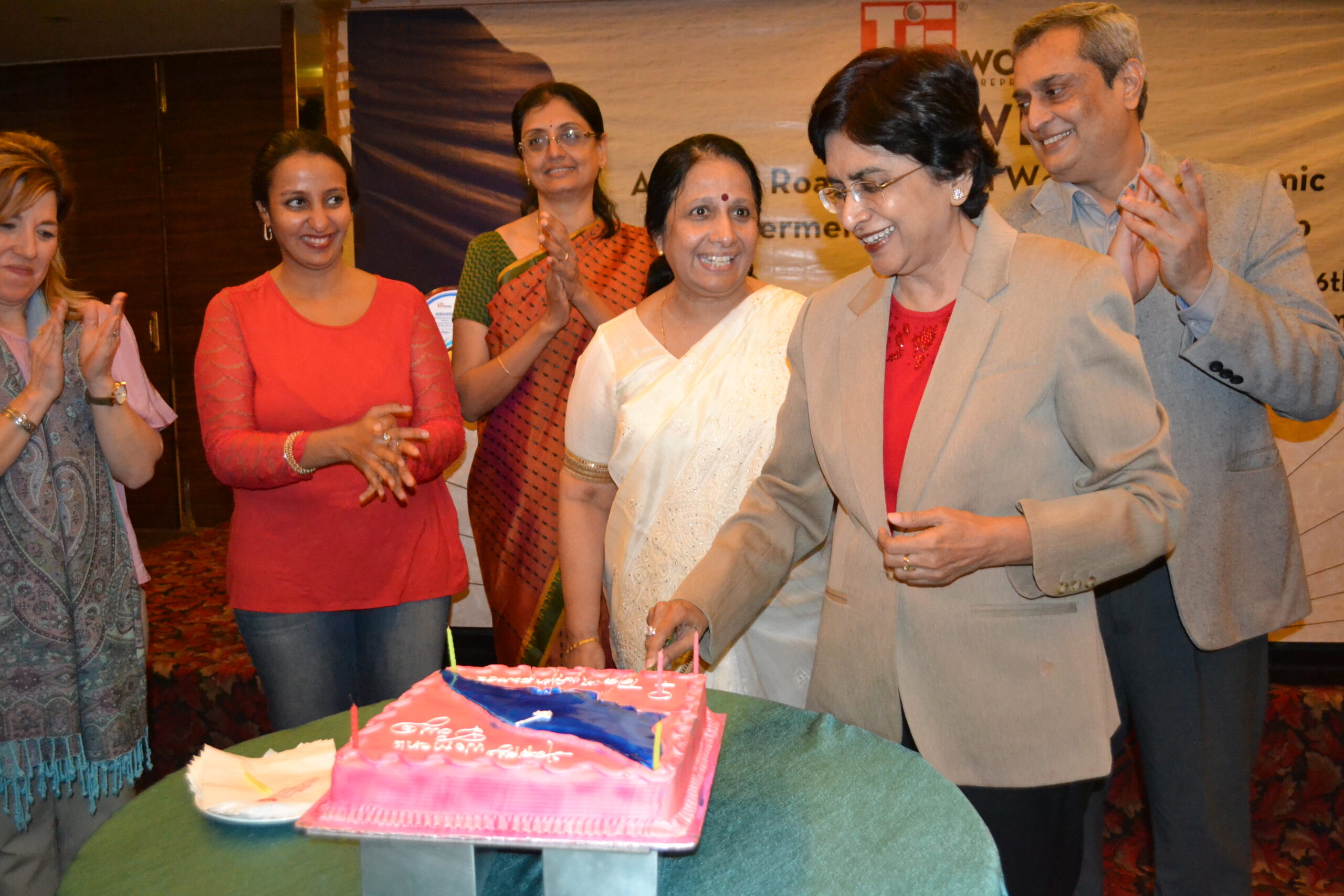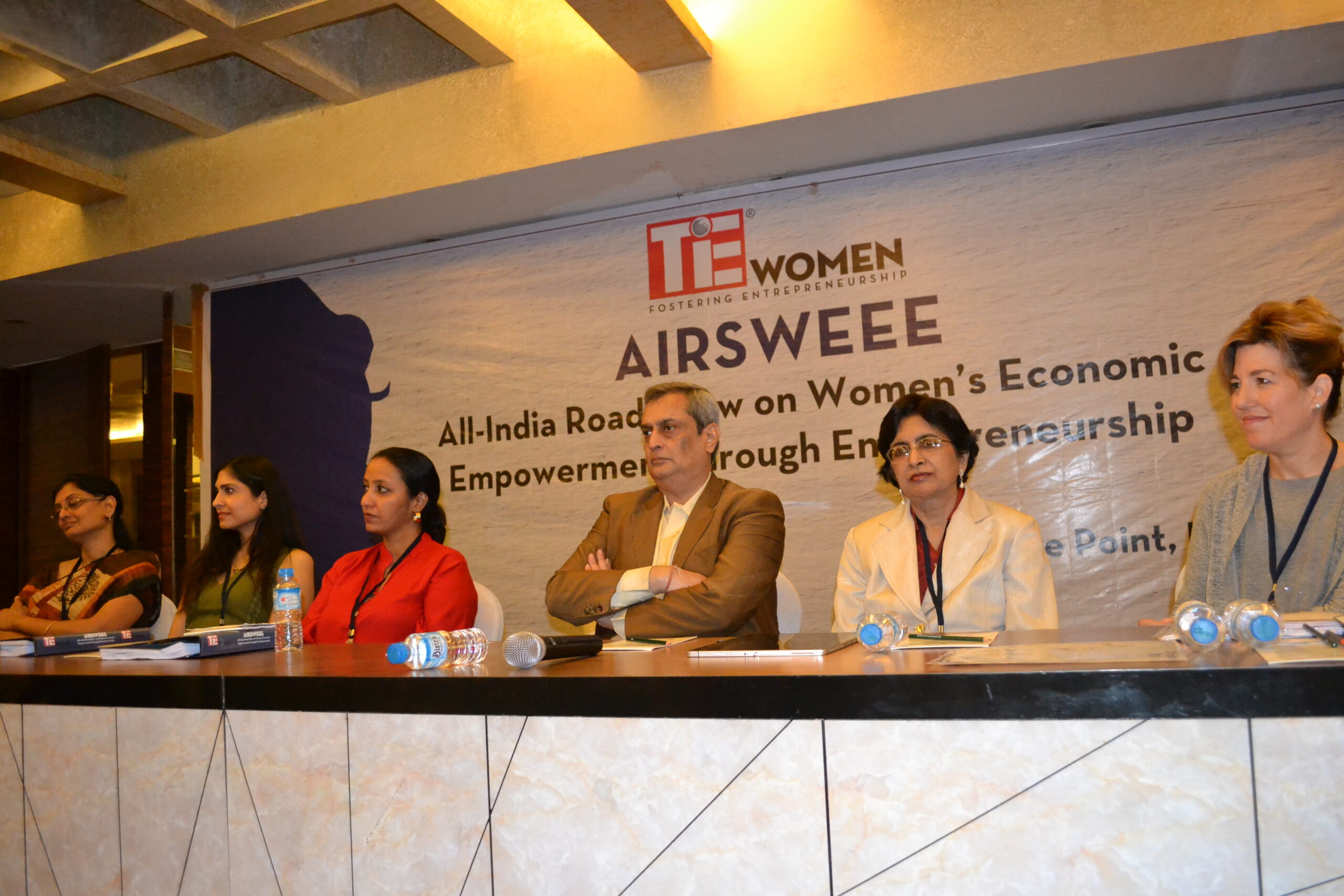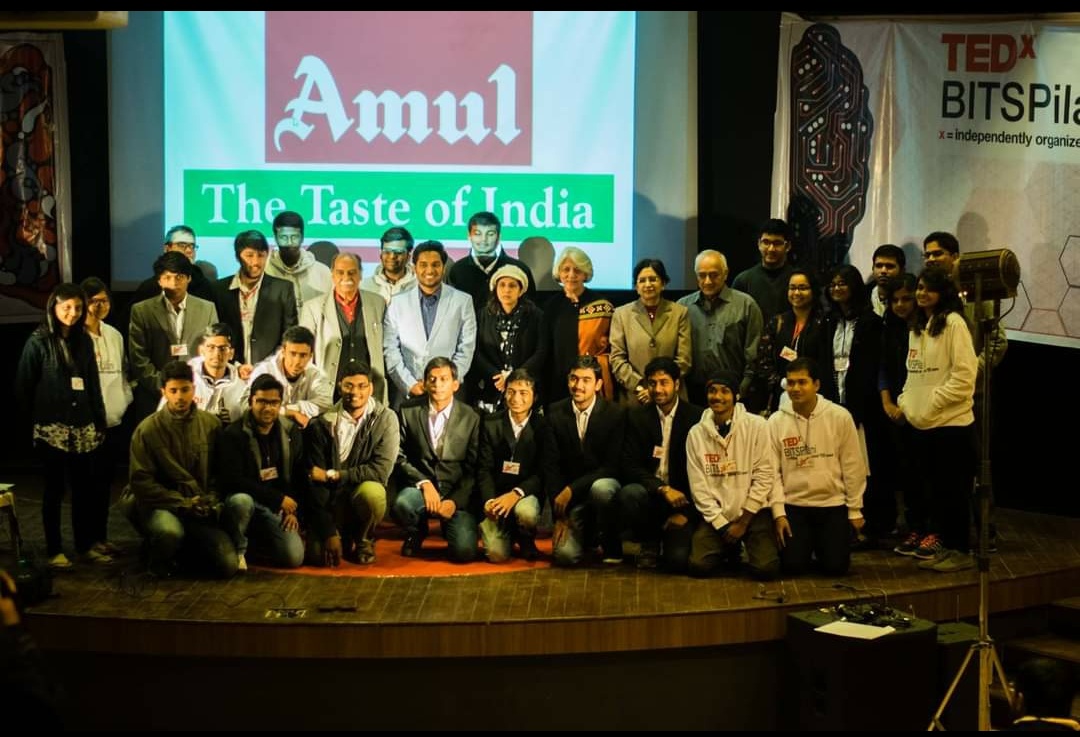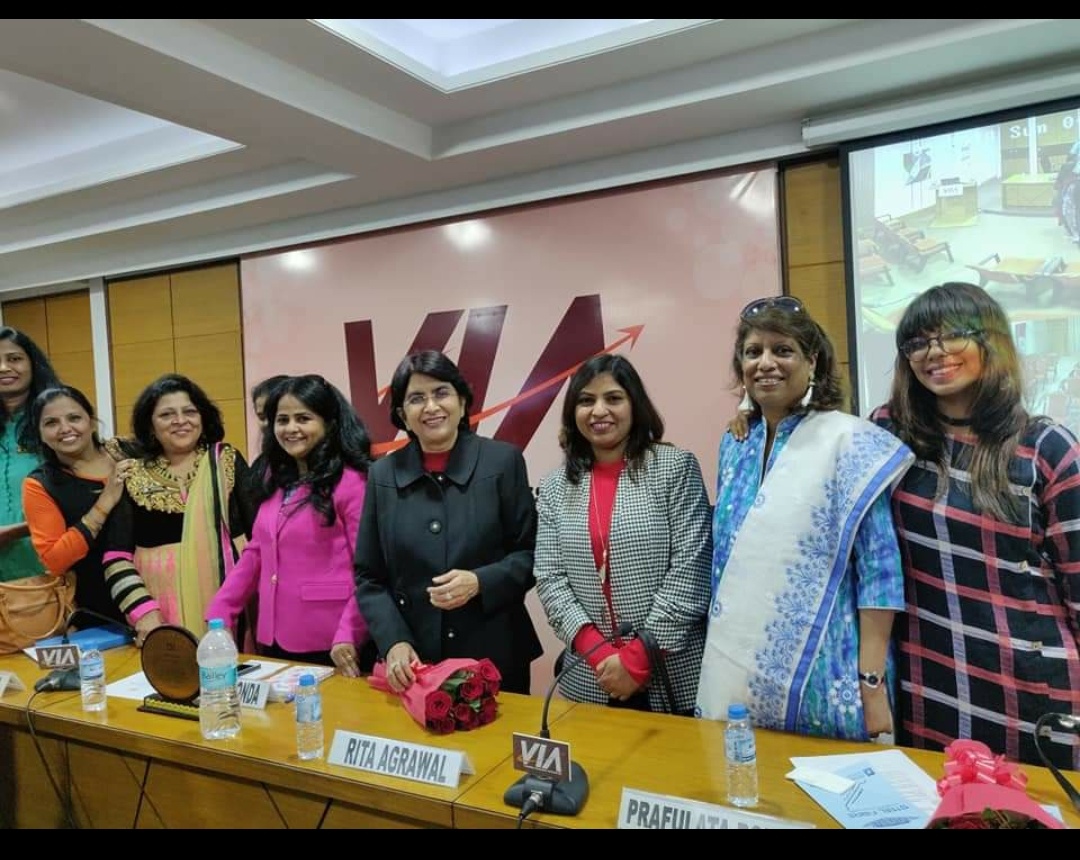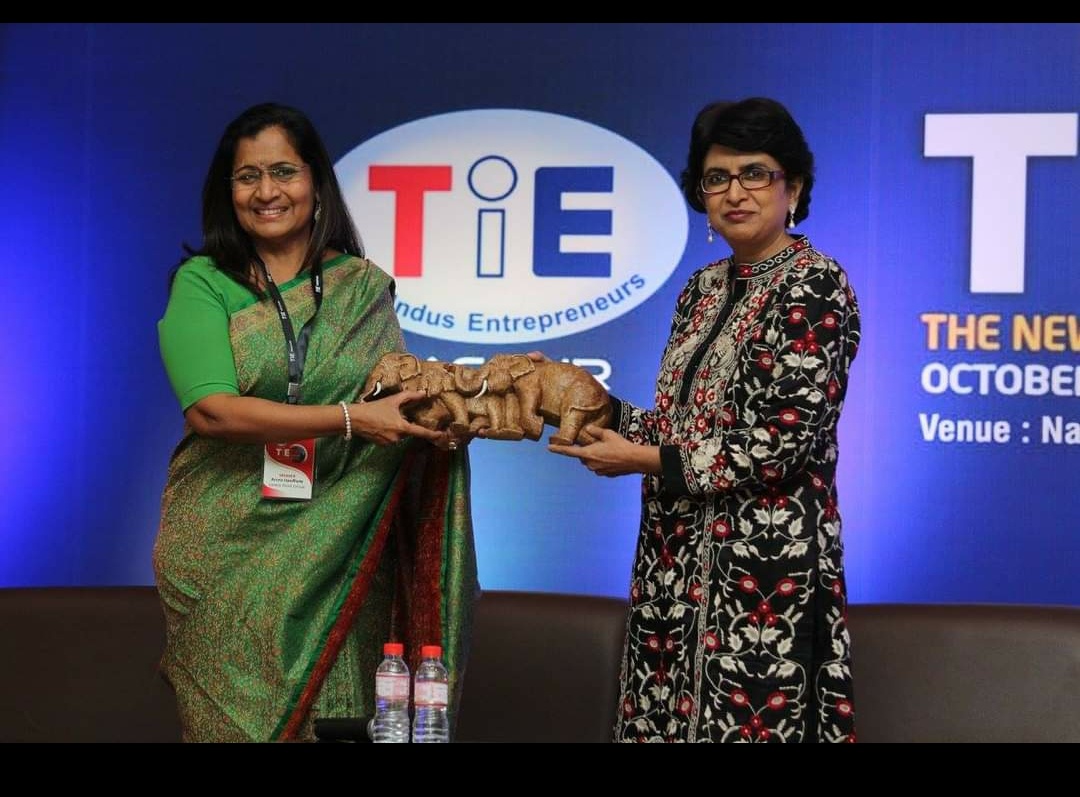“Women as citizens ..”- 22 October 2014.
In 2007, at what was poetically named as ‘Women Deliver Conference’, a comprehensive attempt was made to define the various roles the women can and should play as participants in the developmental process. The aim of the keynote paper was to format wide-ranging issues that the women should address themselves to as citizens of a free society that offers appropriate opportunity of self-liberation. No matter the contradiction in terms involved in this statement of intent, the paper suggested a four-dimensional format for women’s growth in a true sense — Women as citizens; women as family members; women as mothers; and women as individuals.
Obviously, all the four dimensions mentioned in the keynote need specific consideration in our society even today. For, the average Indian woman is yet to attain that freedom to make a choice, freedom to reject a choice others try to inflict upon her, freedom to do anything they please, and freedom not to do anything under this or that compulsion.
This is neither a hollow idealism, of course, nor a utopia. On the contrary, it is a recognisably potent possibility if the larger society makes up its mind to help its women to enjoy all the roles the paper at the 2007 ‘Women Deliver Conference’ envisioned. Unfortunately, things go topsy-turvy the moment the larger society grabs the choice-making and hands ready-made choices to women simply to follow.
This is the real grief. This is one area that the Indian society needs to tackle. For, despite all the tall talk of women’s empowerment, the larger Indian society has not really freed itself from its own desire to control its women. Hence all the hollowness of political talk of women’s empowerment. Hence, the continued ducking of the responsibility of giving women adequate numerical representation in elective Houses through the political process of elections. Hence the so-called wise words of the elders advising young women not to take on the world for principles but to stay clear of trouble.
When women’s leaders the world over are talking about ‘leaning in’, or ‘sticking the neck out’ so that women become better participants in the general growth story, the larger Indian society is still advising its women not to stick their necks out, or lean in.
Both these terms have a very meaningful context. The phrase ‘Sticking the neck out’ means jumping out of comfort zone and taking on the world. And ‘leaning in’ means to refuse to stay out of the ring of happenings, and take the plunge in, to lean in. Unfortunately, the larger Indian society still does not advise its women to lean in or stick the neck out, thus mocking at the so-called women’s empowerment. What a misfortune!
There is nothing abstract here. Everything is concrete, as clearly stated as anything else. And when a woman like me exclaims, “What a misfortune!’, she only joins the larger society in limiting the women’s ability to liberate themselves. Instead, I should say, ‘Thank God, the societal limitations actually are welcome since their defiance would give the women an opportunity to assert themselves.
So, as an afterthought, a person like me must say, “Come on women, stand up to the world, like M.C. Mary Kom did, defy your limitations, and rise to a level where the society would salute you. Many women have done it, and many, many more would do it. Yet, the larger Indian society has not accepted institutionalisation of efforts of women like M.C. Mary Kom. They accept her as an icon only after she wins. But a real empowerment of women would take place when the larger society accepts and appreciates the efforts women make even in early stages.
Some may argue that the larger society does the same thing with its men as well — saluting them only after they have proved their mettle.
No, this argument has little substance. The larger Indian society has often accepted institutionalisation of men’s efforts, but has often ignored the women’s efforts in early stages. This difference is not subtle. On the contrary, it is very loud, so to say, and women know it very well.
So, when a concept paper talks of a four-dimensional format for women’s growth — as citizens, as family members, as mothers and as individuals — it is only initiating the subject once again. This paper happened in 2007. Prior to that, many such concepts were thrown up but got ignored. And after 2007, many papers would come up. Let us only hope that writing such concept papers does not become a fashionable intellectual exercise. Let us hope and pray that such concepts would add a new gravitas to the movement for women’s empowerment.
